How to ferment idli batter in winter? by DK on Nov 22, 2013
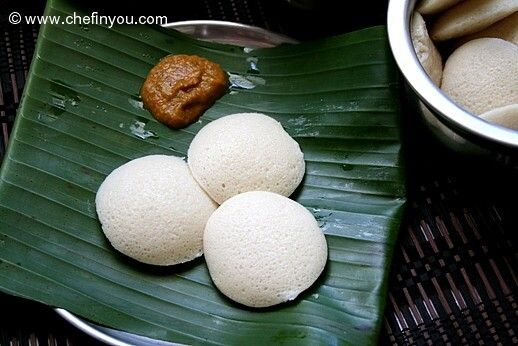
Though not really necessary, adding Fenugreek seeds helps to aid fermentation. So add in about 1.5 tsp of Methi seeds (my ratio of rice and urad is 3:1).
2. Grinding Separately
The Rice and Dal has to be ground separately. This results in increase in volume and also aids in fermentation.
3. Using Filtered Water
Use non-chlorinated and/or filtered water since chlorine inhibits growth of wild yeast which is essential for fermentation.
4. Using Soaking water to Grind
Though I have no scientific reason to back this theory, from my personal experience, I find that using soaking water (in which you soak your urad dal and rice) to grind the batter also helps to aid fermentation.
5. Adding enough Salt
At times, not adding enough salt to the batter after its ground can also be a reason for lack of fermentation. Try to add at least 1/2 tsp (my mother mother suggests 3/4 tsp- 1 tsp) for every 1 cup of dry ingredients (rice +urad dal). You might probably need to adjust later according to your taste.
UPDATE: Though I have heard many say this as a point, I personally find NOT adding salt after grinding aids better fermentation since salt is actually an yeast inhibitor. I add salt only after it ferments. If you have tried other tips without success, then give this one a try.
Avoid adding ingredients like Baking soda, Baking powder and Yogurt before the batter ferments since these inhibit the growth of wild yeast. If you really have to, add them after the process of fermentation.
7. Consistency of the batter
Adding too much water or too little will hinder fermentation. Give the batter a good stir with your hands instead of a ladle. The warmth from our body will help to kick start the fermenting process. Your end batter should have the consistency of ketchup, flowey, smooth and velvety in texture.
8. Fermentation Temperature
Ideal temperature for fermentation is 80-90F. If you live in a warmer place, then your fermentation should take place around 8 hour mark.
If you live in a place with cold climate you would have to take the following precaution:
- Place your vessel with the batter in a warm, draft free place. Mostly this should be in a pre heated oven (switch off the oven though). Leave the Oven light on since it will give enough heat to keep the temperature steady throughout the fermentation period (mostly overnight). This should take about 10-12 hours.
- You can also wrap a shawl around the vessel to keep it warmer. Make sure to use a huge vessel (which would accommodate even the doubled up volume of the batter) in that case. If fermentation occurs, your batter might overflow spoiling your shawl.
- At times, if you use a room heater, placing the vessel in that room would help in fermentation.
- I saw an idea where someone used a heating pad to proof their bread. I assume, the same method might also help in fermentation as well.
9. Avoid over sanitizing the environment
Over Sanitizing our houses (air filters etc) along with closed windows throughout the day, inhibit the growth of wild yeast in the batter leading to lack of fermentation.
10. Avoid using Air tight lid while fermenting
Do not close your vessel with the batter with an air tight lid. Instead simply loosely cover it with a plate or a cloth.
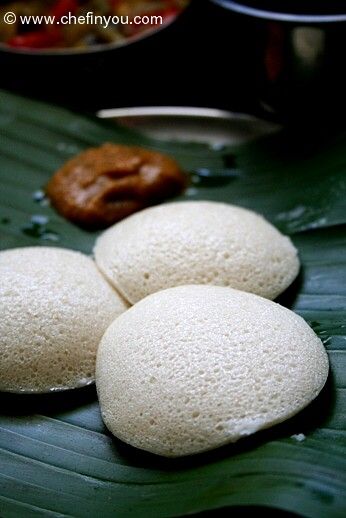
There are three things you can do in such a case.
- Use a different Rice and Urad dal. They might be contaminated or old. Also try to opt for Whole Skinned Urad (namely Urad Gota) instead of split.
- Try a different recipe.
- Use yeast. I recall noting this info from a website (source forgotten, will update later) where they suggest using half tsp of yeast in half cup water and a teaspoon of sugar and then adding it to a gallon of batter.
Browse By these popular categories
Recent Articles by ChefInYou
Ganesh Chavithi ( Vinayaka Chaturthi) Festival 2020 Recipes By DK on Aug 16, 2020
Krishna Jayanthi | Gokulashtami Festival Recipes By DK on Aug 8, 2020
OPOS Lessons: How to Standardise your Pressure cooker? By DK on Jan 28, 2019
6 things I never thought I will ever do! By DK on Aug 1, 2018
Super Bowl Recipes 2018 By DK on Jan 28, 2018
7 Ways OPOS® Cooking Improved My Life By DK on Nov 19, 2017
Prepping Staples – Planning my Weekly Menu By DK on Nov 13, 2017
6 Quick & Healthy After School Snacks (with Variations) By DK on Sep 6, 2017
Bell Peppers (Capsicum): Planting, Growing & Harvesting for Beginners By DK on Aug 9, 2017
OPOS® – Frequently Asked Questions By DK on Jul 21, 2017
Recent Posts by ChefInYou
Instant pot Applesauce By DK on Nov 30, 2020
Vegetable Pulao using RightRice By DK on Oct 28, 2020
Classic Oatmeal using Sprouted Rolled Oats By DK on Oct 21, 2020
Pita Tostada By DK on Oct 14, 2020
Green Chutney / Hari Chutney (Chaat) By DK on Oct 7, 2020
Related Recipes
South Indian Idlis By DK on Jan 26, 2009
Murungai Keerai Dosai (Drumsticks Leaves Black Gram Dosa) By DK on Aug 20, 2016
Carrot Oats Dosa By DK on Jun 4, 2018
Kushboo Idli / Mallige / Malligai Poo idli By DK on Apr 16, 2020
Leave a Reply
18 Comments
By Pooja on May 24, 2019
By Deepthi on Apr 29, 2018
That's interesting! Will give it a try next time. Thank you for the tip Deepthi :) --DK
By Deepthi on Apr 29, 2018
By Akhila on Mar 4, 2018
By Domaraj on Jan 10, 2018
By Abhiksha on Dec 21, 2017
I don't think it will. Just grind it some more time until smooth. --DK
By Anuradha Phatak on Dec 16, 2017
By usha gowri on Nov 29, 2016
Your preheated oven should not be too hot to kill the rising. It would be just warm enough to mimic around 80F temp. I follow that method and have had an overflowing idli batter every time --DK
By Wyandotte on Nov 22, 2016
By akashdeep on Sep 5, 2016
Different recipes have different outcome. The texture is dependant on the recipe. Rava Idli would be more porous, the ones made out of idli a little more dense, if using leavening (like eno fruit salt) more spongy etc etc. At the end of the day, you should have a light, chewy and not too dense steamed idlis - irrespective of the type. If its too dense, doughish, hard, rubbery then the mistake could be either the recipe itself or the process. --DK

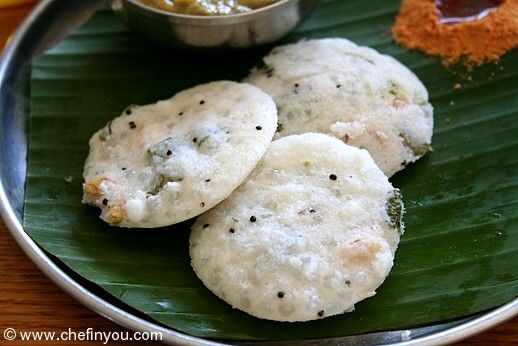

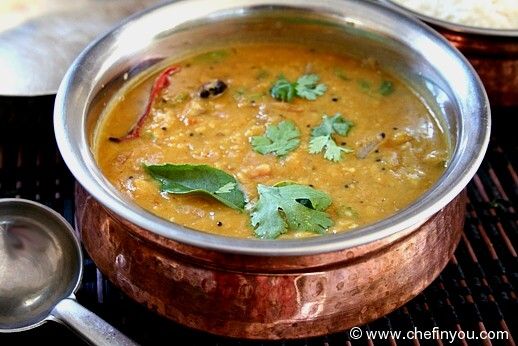
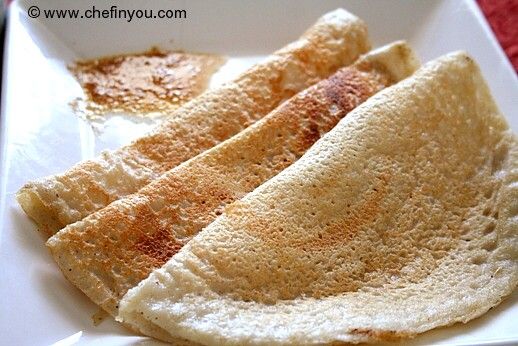





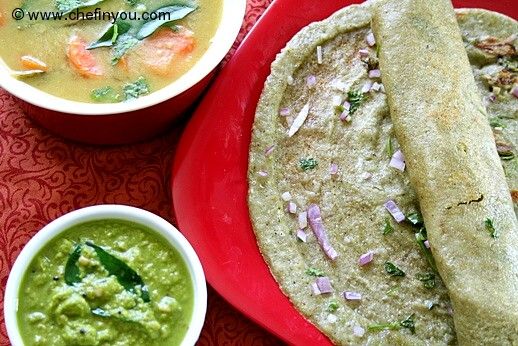


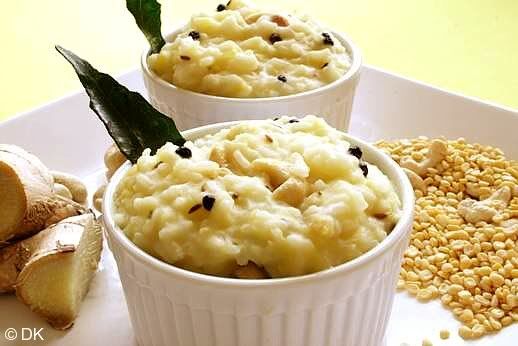






By Selvaraj on Jan 10, 2021